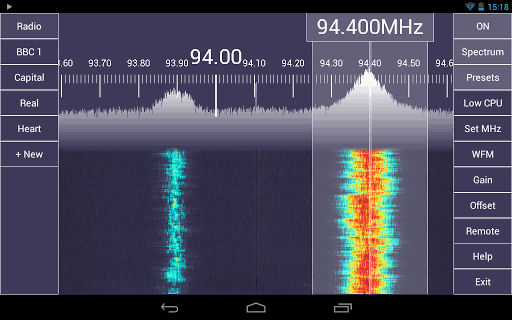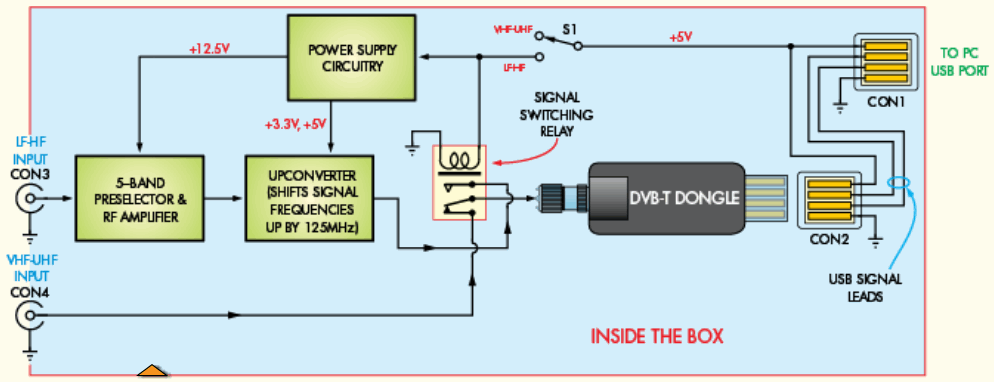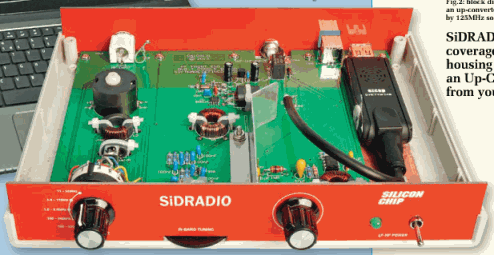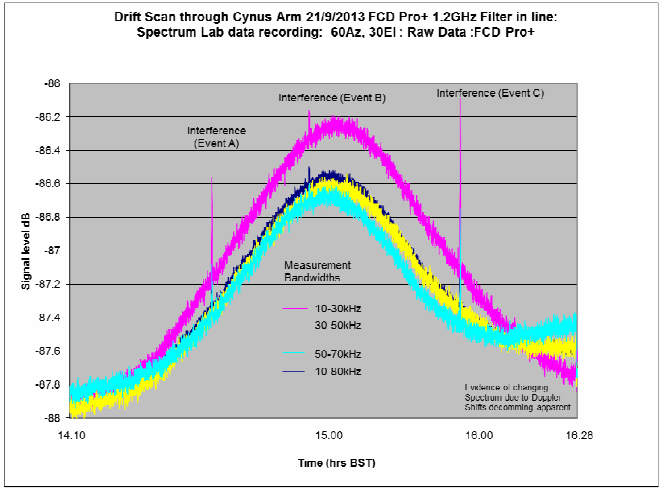SDRSharp Frequency Manager Plugin updated to Version 1.4
The commonly used frequency manager and scanner plugin for SDRSharp has been updated to version 1.4. The new features include:
Frequency Manager
- Frequency Presets – there are now 10 frequency presets you may use to store and recall favorite frequencies.
Scanner
- A new Signal Strength Indicator displays a real-time measure of a frequency’s signal strength compared to the Minimum Signal Strength that you set. The indicator shows the signal strength as it bounces below and above your minimum, and also shows when the “Seconds wait for transmission” and “Watchdog” timers have been triggered.
- The Scanner Configuration window now has two tabs which organize scanner behavior into Rules settings and Performance settings.
- Snap to next Step Size: a new checkbox lets you force the scanner to tune a scanned frequency to the SDR# step size, or instead allow it to tune to the actual detected peak signal strength of a frequency.
- Update a frequency’s Date when monitored: a new checkbox that causes the scanner to record the current date for a frequency that is already in your database, when the scanner lands on that frequency.
- Adjacent Frequency Rejection: a new setting that lets you define the width of the area around a tuned frequency that is used to monitor signal strength after tuning to a frequency. This reduces the influence of adjacent strong frequencies that “splatter” into the tuned frequency’s step size or bandwidth size.
- Faster scanning speed: Scanning speed has been improved yet again, and is now faster than the improvements in version 1.31. On my equipment I now average 1.6 GHz scanning speed as measured with the built-in benchmark tool on a range scan.
- Improvements to the busy-frequency detection process.
The updated plugin can be downloaded from http://www.sdrsharpplugins.com.




